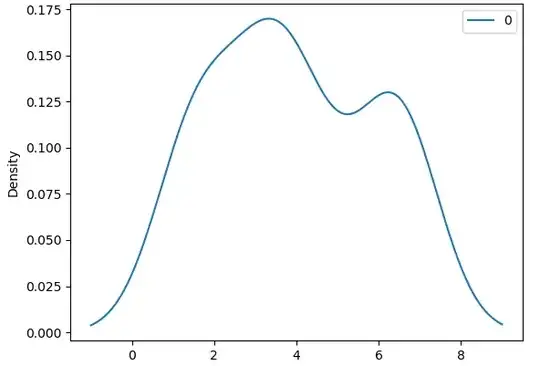I've come across a stats problem while working on my thesis. I ran multiple t-tests on a series of environmental parameters to determine if two groups of data are different (eg, early years vs. late years of data, urbanized vs. non-urbanized habitats). I used Welch's t-test in R to test these hypotheses, but it was later brought to my attention that t-tests should only be performed on normally distributed data (most of my data is not). I included a histogram from my dataset which resembles a lot of my data as example below. I experimented with log-transformations, which helped in some cases but most of my data is still non-normal. Fortunately, I have a large sample size (N = 865) which I understand allows me to relax some of the assumptions surrounding normality.
My question is:
How do I determine if my sample size is large enough to accept non-normal data? I imagine this is likely a case-by-case determination, but I am running around 150 tests in total so I am looking for a solution that I could automate into my code. And if t-tests are not appropriate, what's the next best alternative?
Thanks!
